When designing a kitchen or dining area, selecting the right counter stool height is essential for both comfort and functionality. The right stool not only complements your kitchen’s aesthetics but also ensures ergonomic support during daily use. This guide breaks down everything you need to know about standard kitchen counter heights, stool height options, and practical considerations when choosing the best counter stools for your space.
Understanding Kitchen Counter Heights
Standard Counter Heights
Most kitchen counters are approximately 36 inches (91 cm) high, which is ideal for a variety of tasks such as food preparation, casual dining, or working on a laptop. If you're shopping for counter stools that pair well with this standard height, look for ones with a seat height of 24 to 27 inches. This range allows enough legroom while still keeping the stool at a functional height for the counter.
Types of Stools and Standard Heights
There are three main types of stools based on their height, and each corresponds to specific counter or bar heights:
Counter Stools
-
Designed for counters that are 36 inches high
-
Typically have a seat height of 24 to 27 inches
-
Ideal for kitchen island seating, breakfast counters, and casual dining spaces
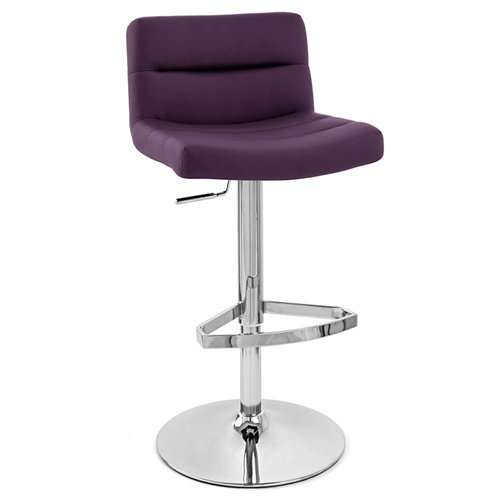
Standard Kitchen Counter Stool Height
Bar Stools
-
Suited for bar tops measuring 41 to 43 inches high
-
Feature seat heights between 28 and 32 inches
-
Commonly used in home bars, entertainment rooms, or commercial bar counters
Extra-Tall Bar Stools (Spectator Stools)
-
Designed for surfaces over 44 inches in height
-
Usually offer seat heights of 33 to 36 inches
-
Appropriate for custom setups or extra-tall counters
Selecting the correct stool height is key to creating a cohesive, comfortable seating area—whether it’s in a kitchen, dining zone, or entertainment area.
How to Measure for the Perfect Stool Height
To choose the right counter stool height for your space, follow these simple steps:
1. Measure the Counter Height
Use a tape measure to determine the distance from the floor to the top of the counter. This gives you the reference point for choosing the appropriate seat height.
2. Calculate the Ideal Stool Seat Height
Subtract 10 to 12 inches from the counter height to determine the correct stool height. This range provides sufficient legroom and ensures users can sit comfortably without knees hitting the underside of the counter.
For example, if your kitchen counter measures 36 inches, a 24 to 26-inch stool would be a perfect fit.
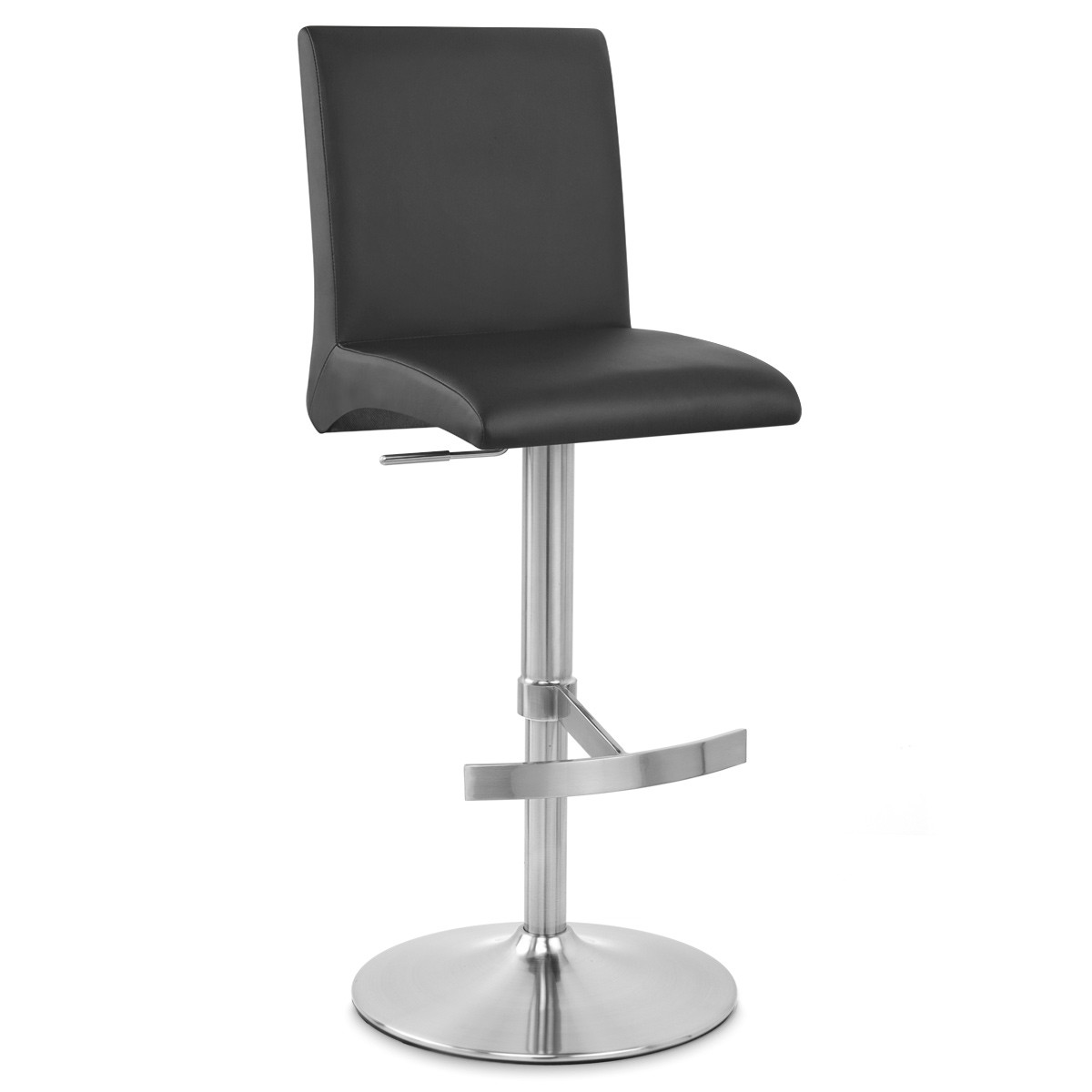
Ergonomics: Why Comfort and Posture Matter
The Importance of Ergonomics
Selecting the right counter stool is not only about matching heights—it also influences how comfortable people feel during use. A properly sized counter stool supports a neutral sitting posture, helping reduce strain on the back, hips, and legs, especially during extended meals or gatherings.
Key Ergonomic Guidelines
-
Maintain 9 to 12 inches between the top of the stool seat and the bottom of the counter. This allows space for movement and proper leg positioning.
-
Choose stools with footrests to encourage natural leg support and reduce pressure on the lower back.
-
For long seating durations, consider stools with backrests or armrests to promote better spinal alignment.
Choosing the Right Style and Material
Beyond height, the design and material of your stool contribute to both comfort and visual appeal.
Popular Stool Styles
-
Backless Stools: Minimalist and easy to store under the counter. Great for small kitchens.
-
Swivel Stools: Offer flexibility and are ideal for social or open-plan spaces.
-
Stools with Backs and Arms: Provide better support for prolonged sitting.
.jpg)
Common Materials
-
Wood: Classic and warm, matches traditional or rustic décor.
-
Metal: Durable and modern, perfect for industrial or minimalist styles.
-
Plastic or Polypropylene: Lightweight and easy to clean, suitable for family-friendly kitchens.
-
Upholstered Fabric or Leather: Offers enhanced comfort and a polished look but requires more maintenance.
Choose materials based on your household’s needs, especially if you have children, pets, or high-traffic kitchen areas.
Common Mistakes to Avoid
Many people make avoidable errors when selecting kitchen stools. Keep these in mind to ensure you make the best choice:
-
Ignoring Measurements: Never rely solely on the label "counter stool" or "bar stool." Always measure your specific counter and match it with the correct seat height.
-
Overlooking Legroom: Lack of sufficient space between the stool and counter can make sitting uncomfortable.
-
Choosing Style Over Comfort: A visually stunning stool may not be ideal for daily use if it lacks ergonomic support.
-
Neglecting User Variety: If your household has users of different heights, consider adjustable height stools to suit everyone comfortably.
Conclusion
Choosing the right standard kitchen counter stool height is an essential part of designing a functional, comfortable, and visually appealing kitchen or dining area. By understanding counter heights, stool seat height ranges, and key ergonomic considerations, you can avoid common mistakes and invest in stools that elevate your space—both in comfort and style.
Whether you're enjoying a quick breakfast, working at your kitchen island, or entertaining guests at your bar counter, selecting the right counter stools or bar stools ensures your seating not only looks great but feels great too.

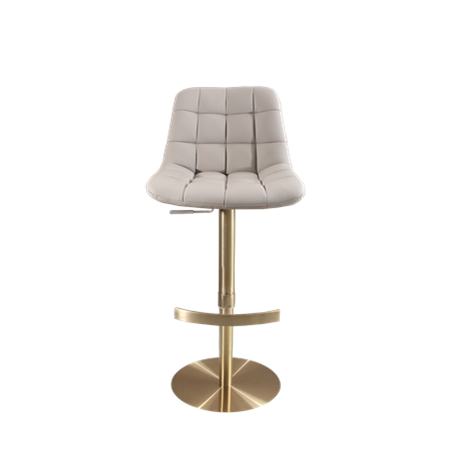
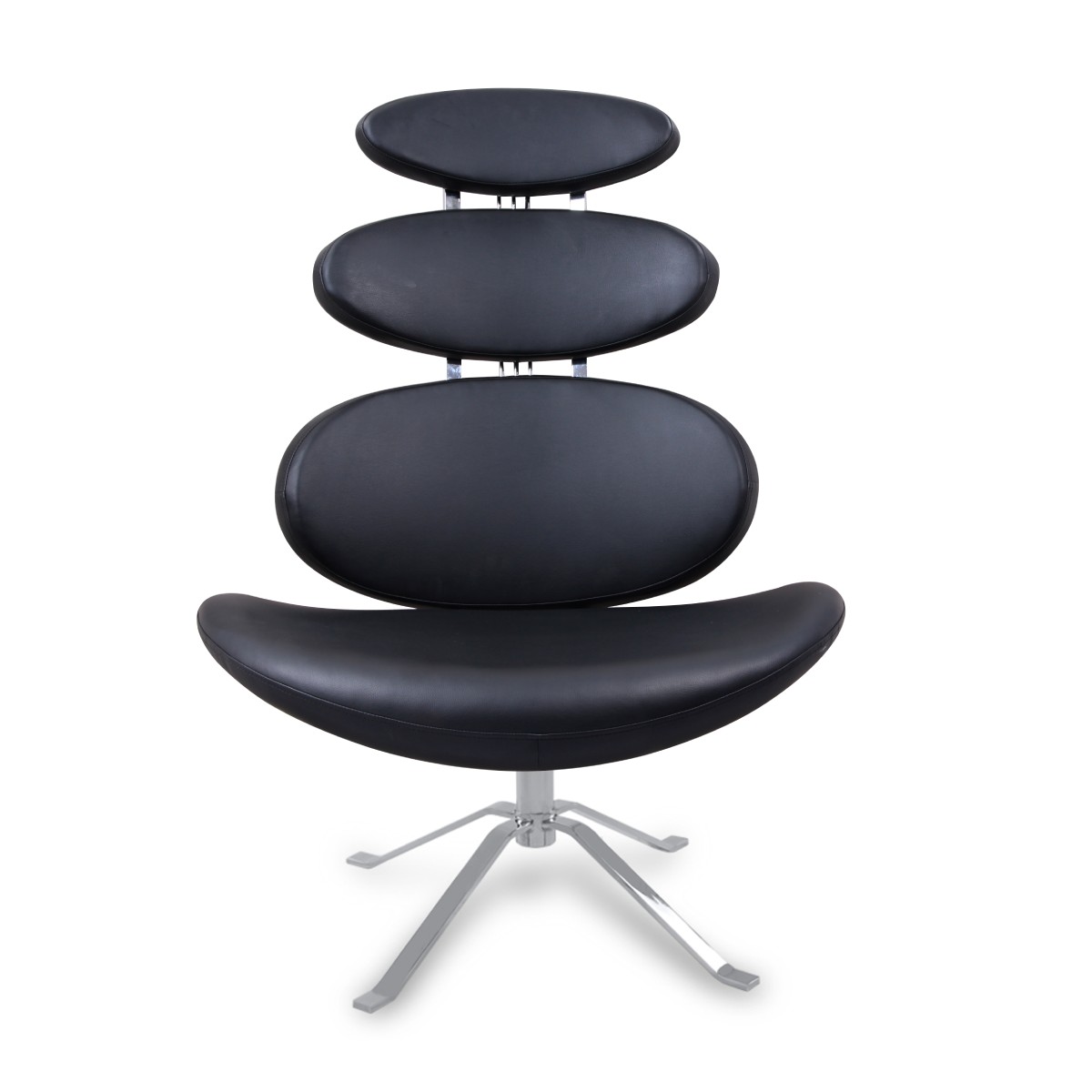
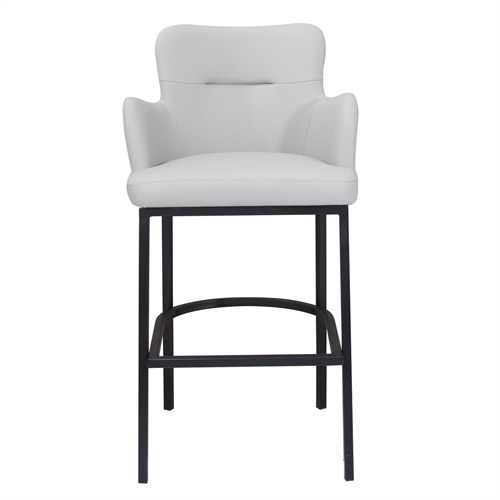
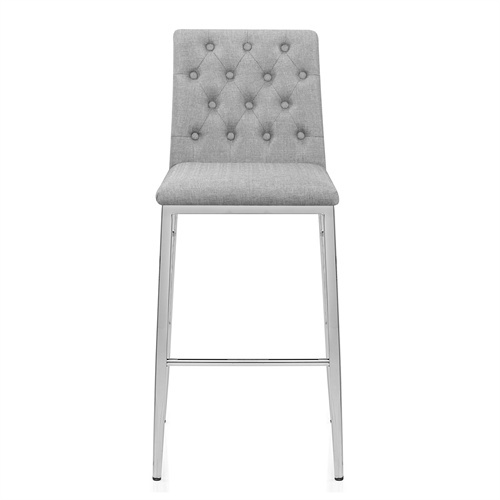
0723.jpg)